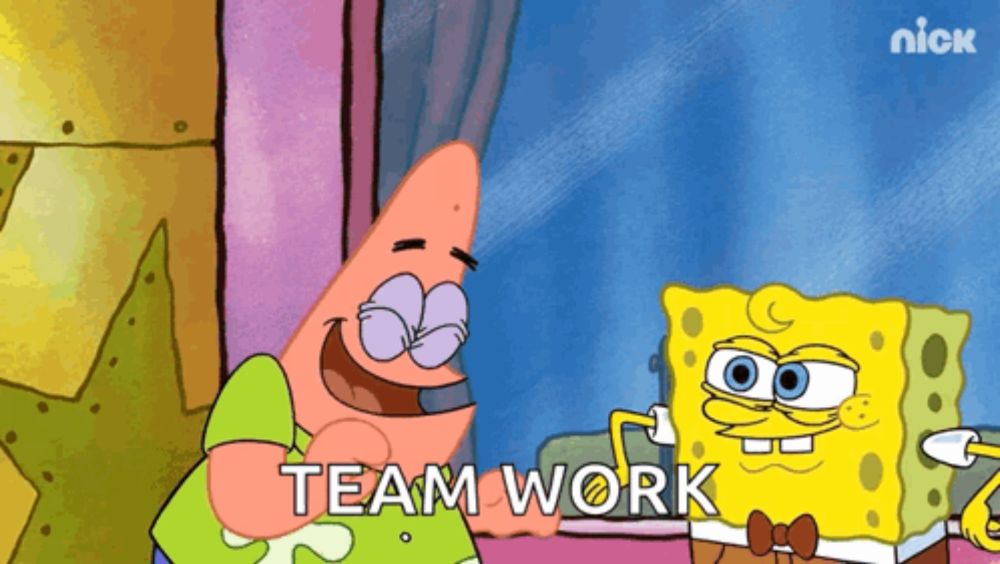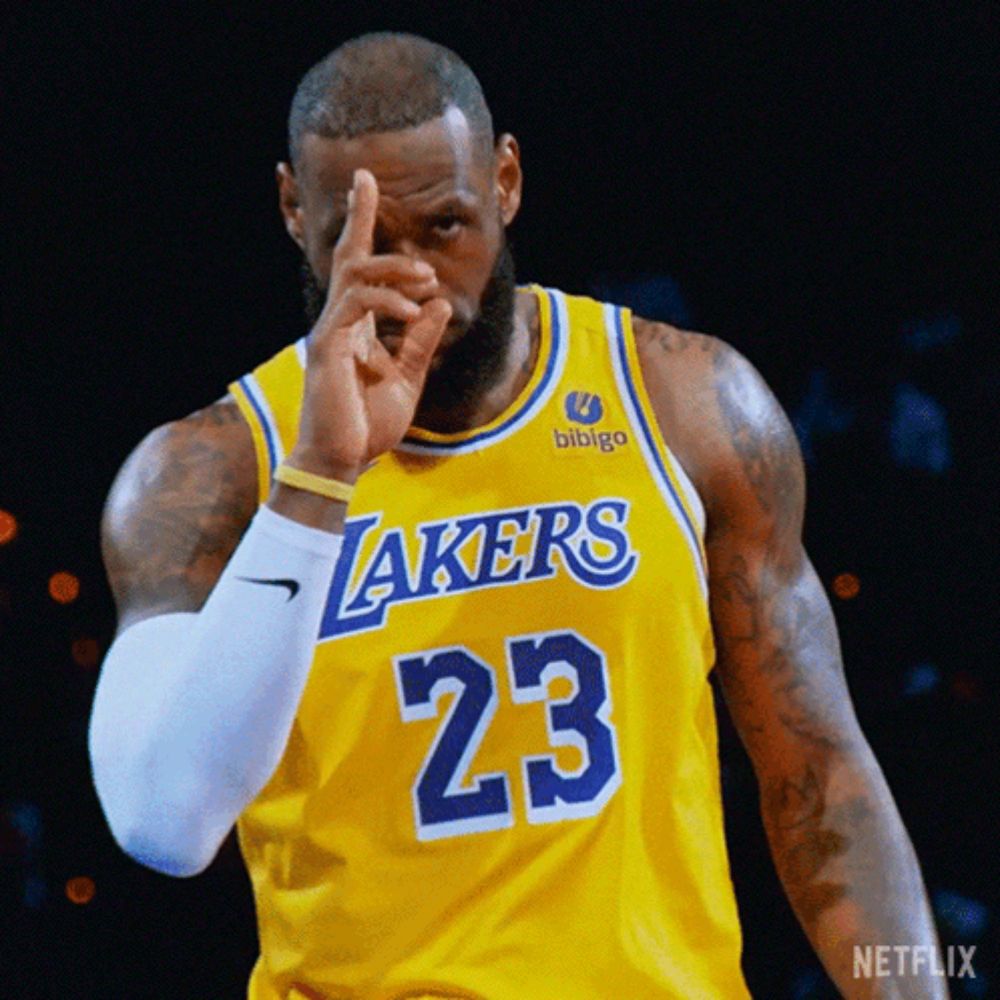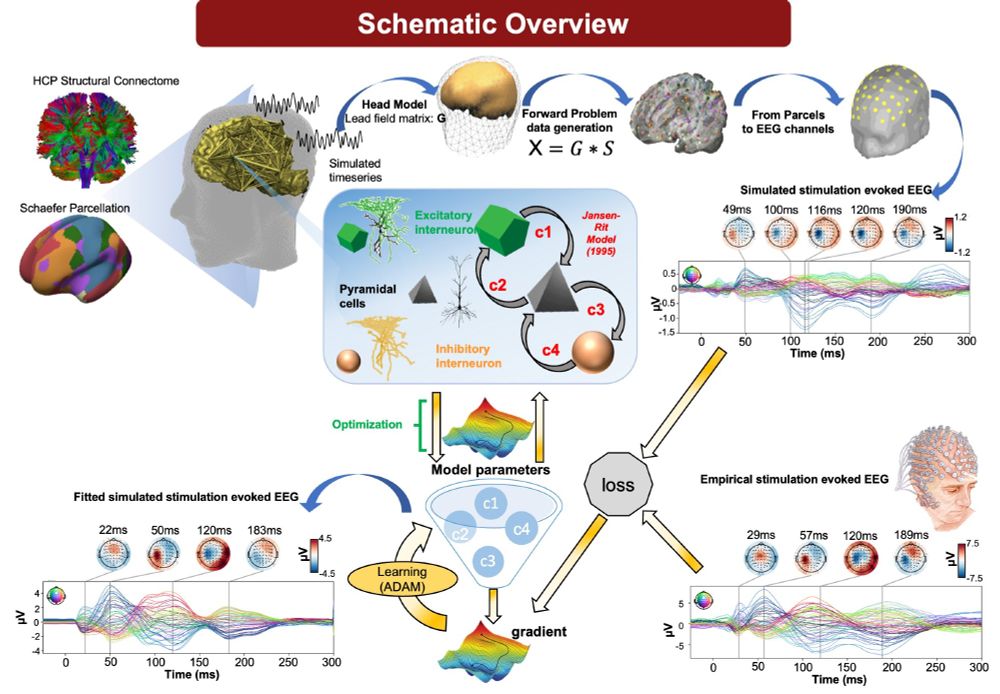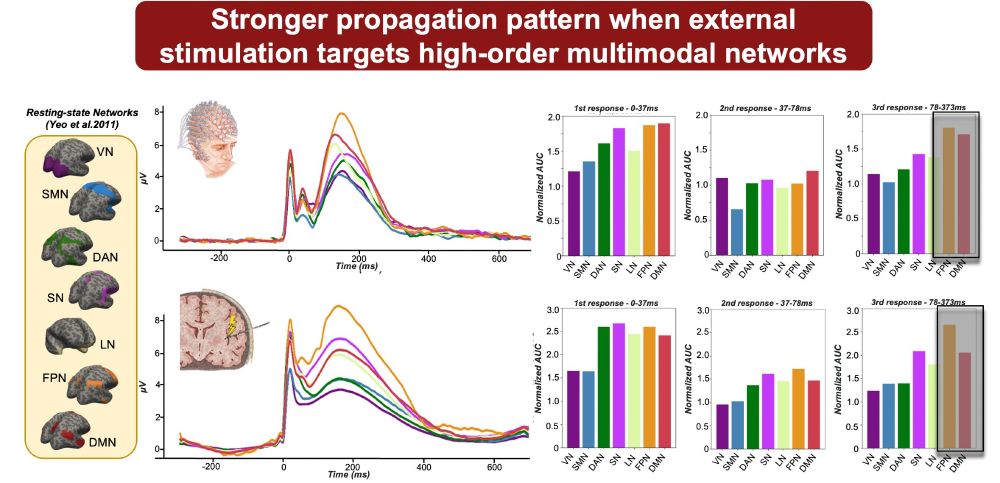
@DJIGlobal Pilot 🚁 |
Post-Doctoral Research Fellow @StanfordBrain

@DanteSommoPoeta
wrote: "The more perfect a thing is, the more it feels." In the brain, like basketball, star players like
@Lebron James
(cognitive networks) react dramatically to game changes while role players (sensory networks) maintain steadier, independent performance.

@DanteSommoPoeta
wrote: "The more perfect a thing is, the more it feels." In the brain, like basketball, star players like
@Lebron James
(cognitive networks) react dramatically to game changes while role players (sensory networks) maintain steadier, independent performance.





@Daniel S. Margulies' seminal work on the "principal gradient" of brain organization (pnas.org/doi/10.1073/...), we asked how these different networks respond to direct electrical stimulation.
@Daniel S. Margulies' seminal work on the "principal gradient" of brain organization (pnas.org/doi/10.1073/...), we asked how these different networks respond to direct electrical stimulation.
academic.oup.com/brain/articl...

academic.oup.com/brain/articl...

